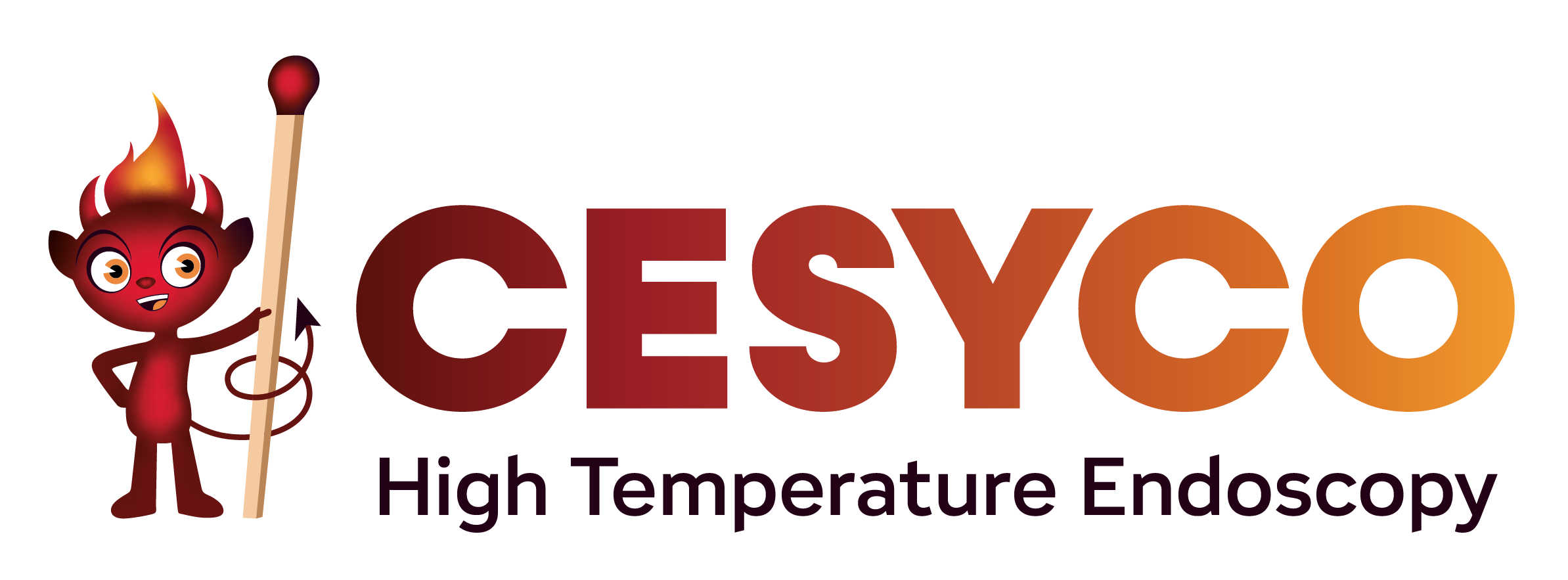Inspections in high temperature environments, such as industrial furnaces or boilers, represent a unique technical and operational challenge. Here are five key points to understand these interventions and their importance.
Extreme conditions require specialized tools
Temperatures in these environments can exceed 2000°C, which excludes the use of standard tools. Industrial endoscopes are designed with heat resistant materials and equipped with cooling systems (air and water) to work in these extreme conditions.
Safety is a top priority
These inspections allow the condition of facilities to be assessed without exposing operators to unnecessary risk. Endoscopes allow remote controls, reducing human intervention in hazardous areas such as active ovens or boilers.
Predictive maintenance, a lever of performance
Regular inspections can identify signs of wear or failure before they cause breakdowns. This preventive approach reduces costly production shutdowns and optimises the service life of industrial equipment.
Light and visibility: major issues
In high temperature environments, natural light is often insufficient or non-existent. Industrial endoscopes incorporate LED lighting systems to capture clear images even in areas that are dark or crowded with soot or deposits.
Technology adapted to various sectors
High temperature inspections cover many sectors:
- Glass industry: monitoring of burners and refractories.
- Steel industry: control of slab furnaces to ensure the quality of the metal.
- Energy: Inspection of boiler or incinerator tubes for obstructions.
- Cement plant: verification of rotary kilns to optimize combustion.
Glass Industry
Cullet-free furnace
Lime and celment kilns
Boilers
Sectors dependent on industrial endoscopy :
Verrerie
Inspection of glass furnaces to monitor the melting of raw materials and detect wear of refractories.
Sidérurgie et métallurgie
Control of burners and slab furnaces to ensure homogeneous production.
Énergie
Diagnostics of boilers and incinerators to identify obstructions and maintain thermal efficiency.
Cimenterie
Verification of rotary kilns to prevent blockages and optimize combustion.
Pour conclure :
Hot inspections not only ensure the safety of equipment, but also its operational efficiency. By choosing tools like CESYCO industrial endoscopes, you are investing in a reliable and sustainable solution to meet the challenges of the most demanding environments.

